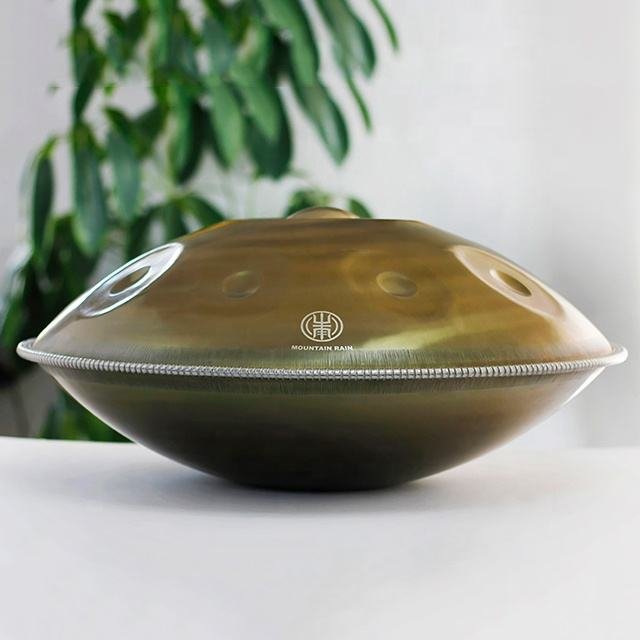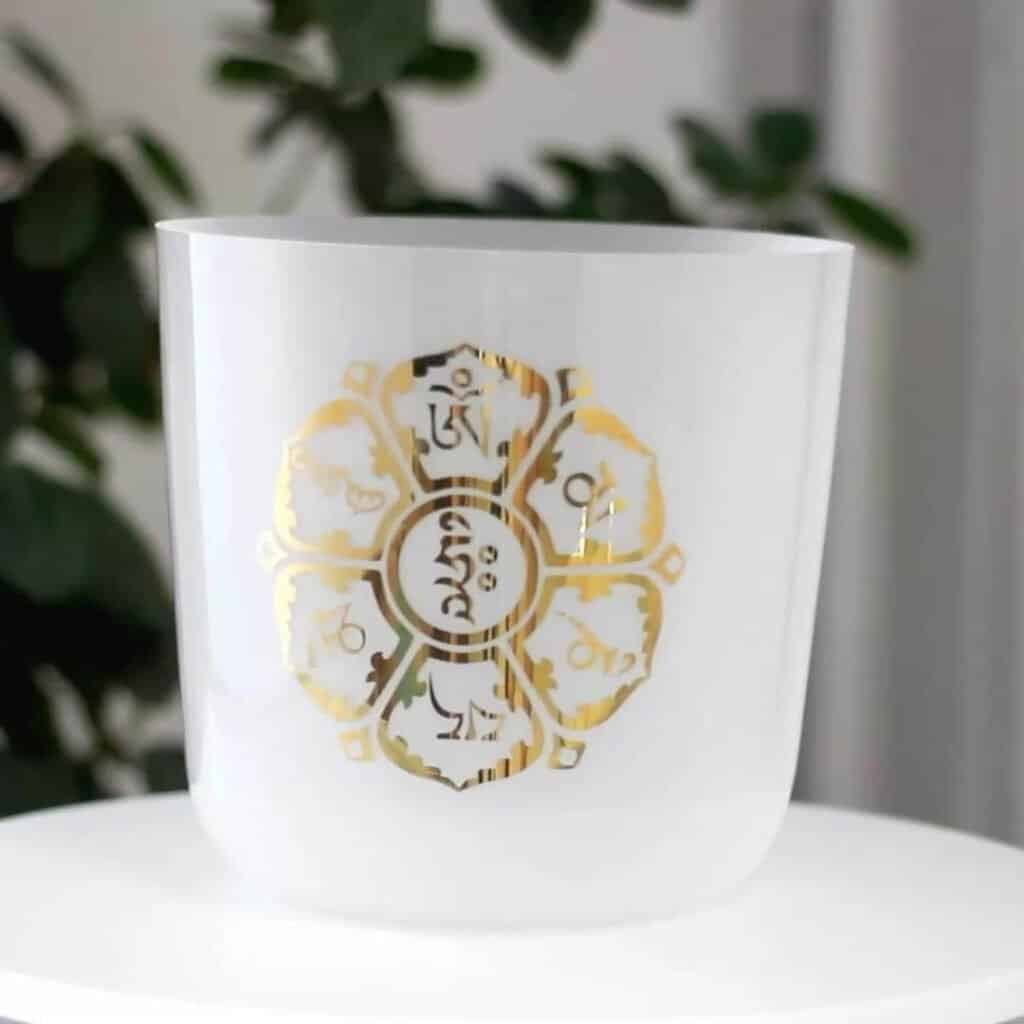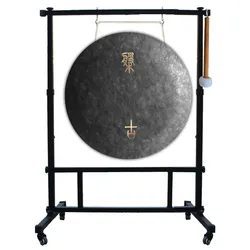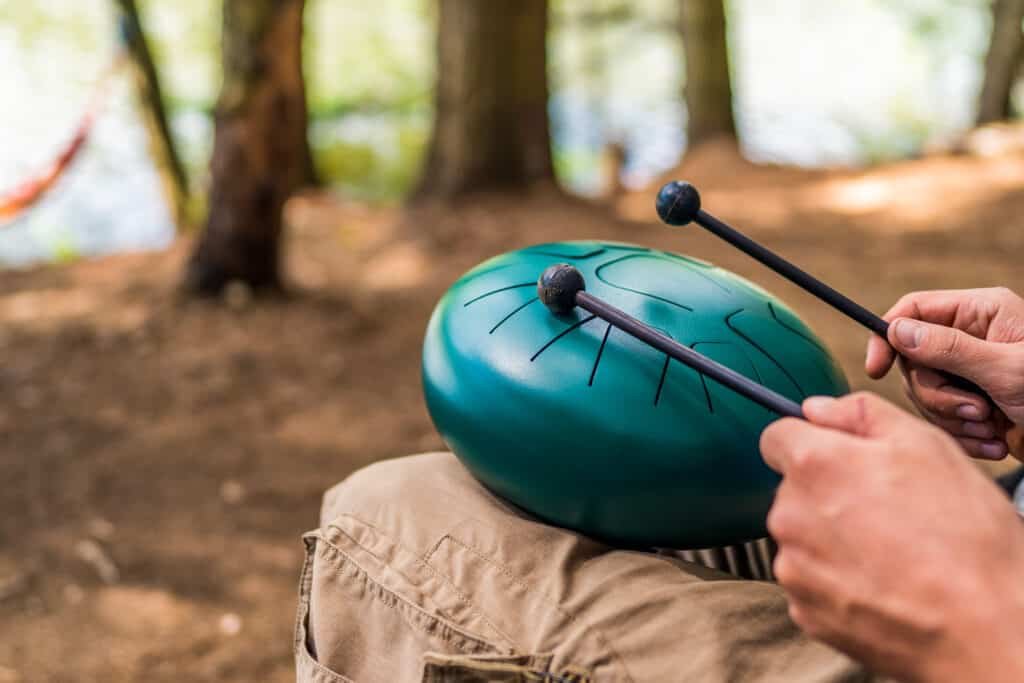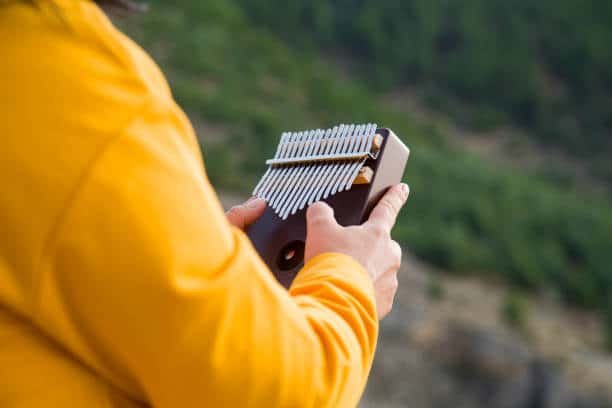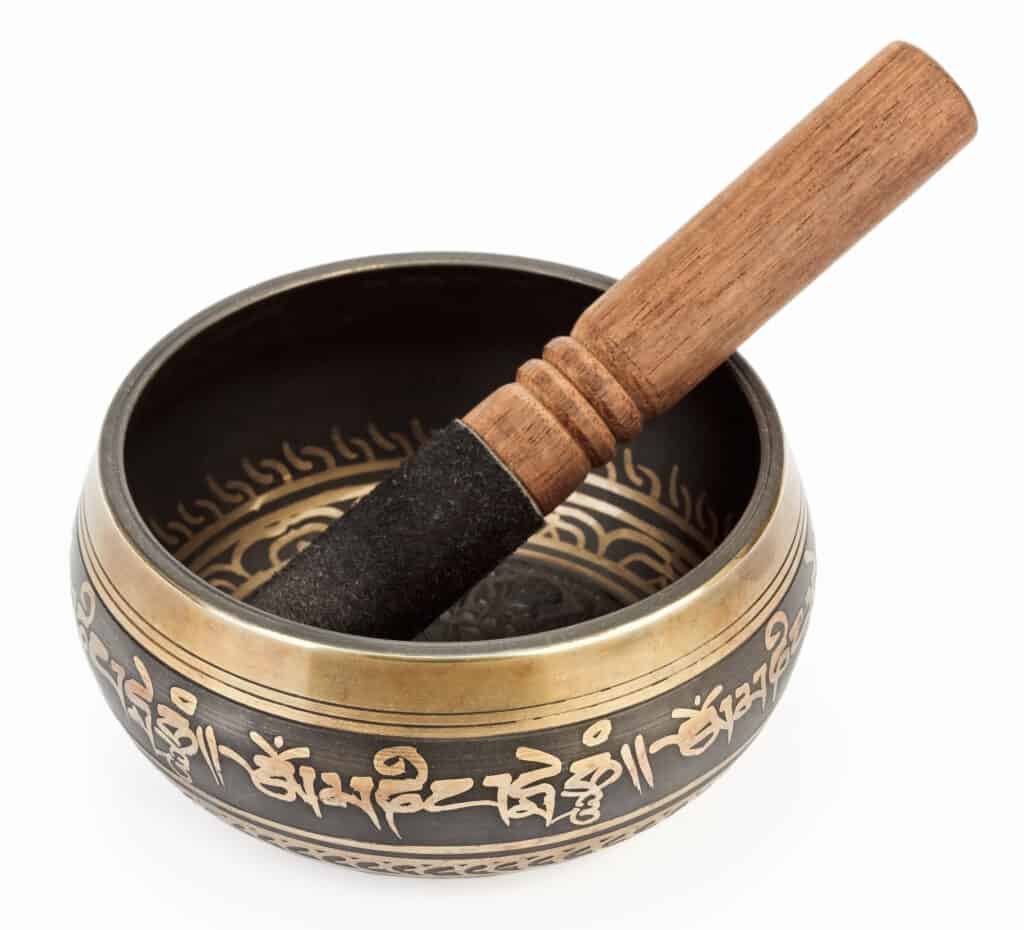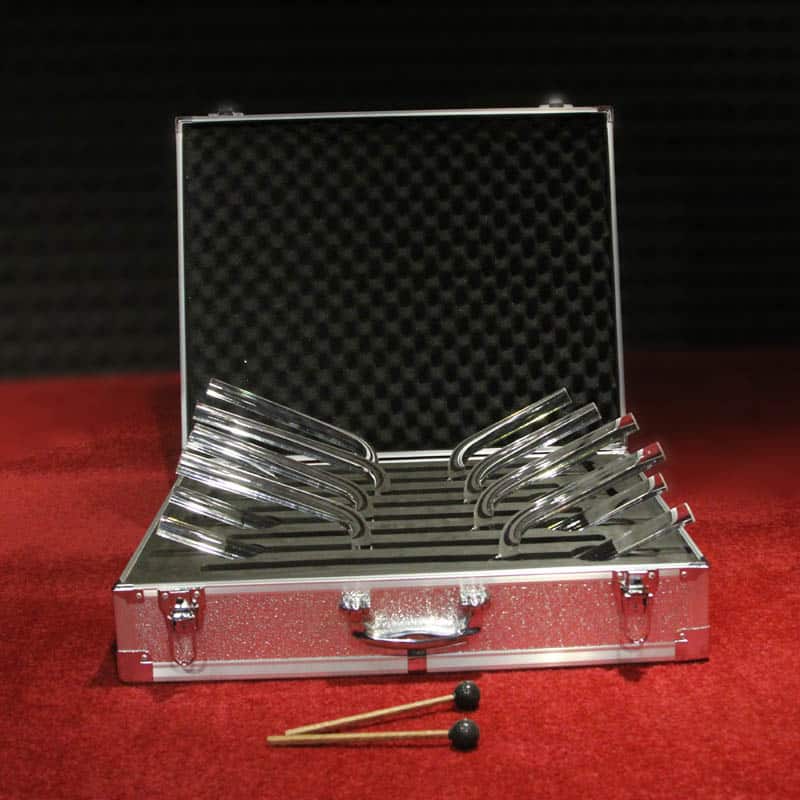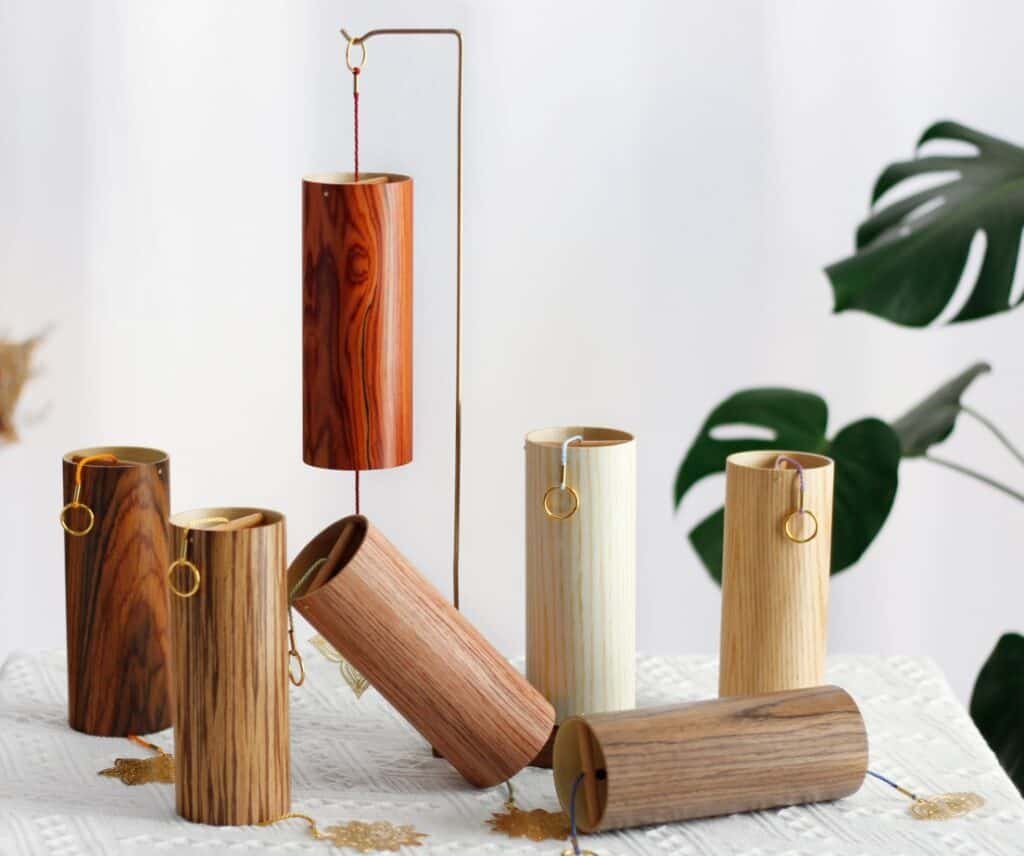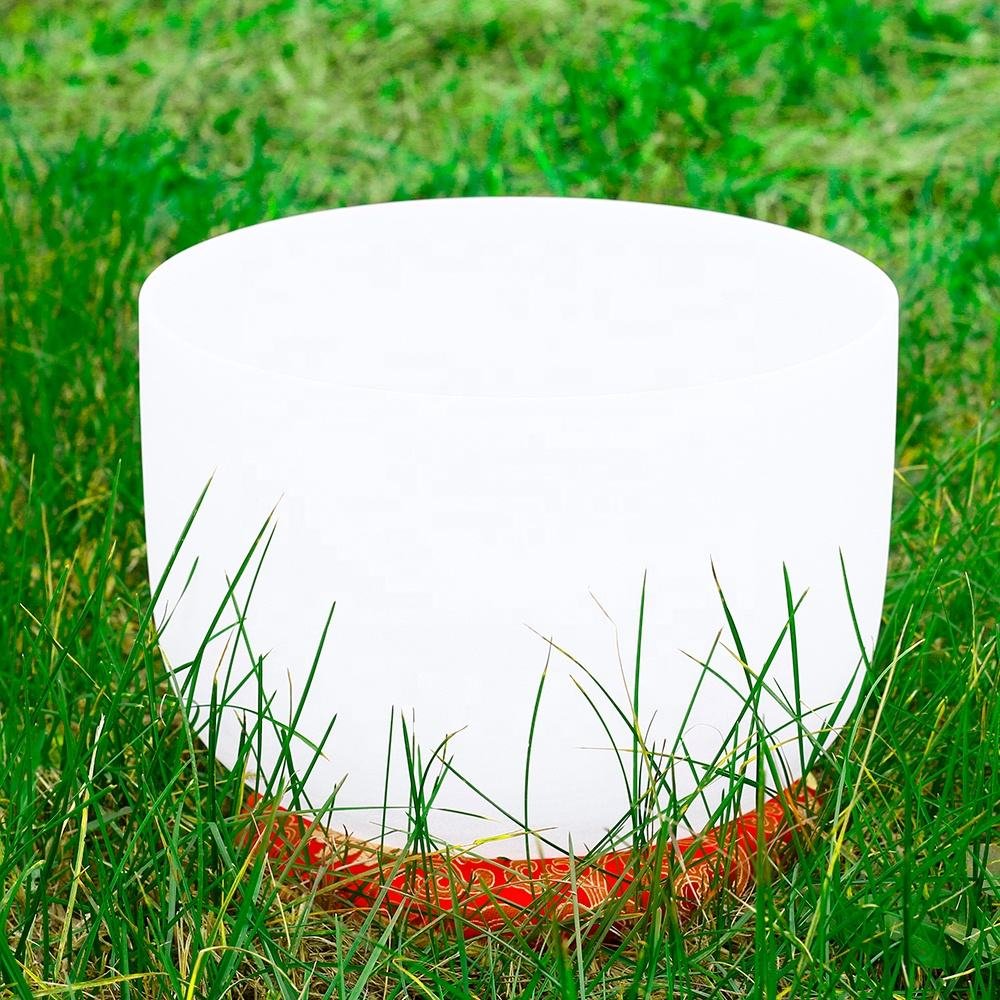
Introduction
The art of crafting a lyre has a long history dating back to ancient civilizations. A lyre is a stringed instrument that consists of a small, U-shaped frame with strings stretched across it. It is played by plucking the strings with the fingers or a plectrum. Building your own lyre can be a rewarding and creative experience. Not only do you get the satisfaction of creating your own musical instrument, but you also end up with a unique piece that is truly your own. In this step-by-step guide, we will walk you through the process of building a lyre from start to finish, including gathering materials, designing the lyre, cutting and shaping the wood, assembling the lyre, adding finishing touches, and maintaining and caring for your finished product.
Gathering materials
Before you can begin building your lyre, you will need to gather all the necessary materials. Here is a list of the materials you will need: Wood: You will need a piece of wood for the soundboard (the top of the lyre), two curved pieces for the arms, and two smaller pieces for the tuning pegs. You can use any type of wood, but some good options include mahogany, oak, or maple. Strings: You will need several strings for your lyre, typically 6-12 depending on the design. You can use gut, silk, or metal strings. Glue: You will need a strong glue to hold the different parts of the lyre together. A wood glue or epoxy works well. Tuning pegs: These are used to tighten or loosen the strings and keep them in tune. You can purchase tuning pegs or make your own from wood. Bridge: This is a small piece of wood or bone that sits on the soundboard and holds the strings in place. Tools: You will need some basic woodworking tools, such as a saw, sandpaper, drill, and screwdriver. Optional materials for decorative purposes: Paint or wood stain: If you want to add color to your lyre, you can use paint or wood stain. Inlaid wood or other decorative elements: You can add decorative touches to your lyre by inlaying small pieces of wood or using other decorative elements. You can purchase all of these materials at a local hardware store or online. Make sure to get enough materials to complete your project, as you don’t want to run out halfway through!
Materials and Tools
Before you start building your lyre, gather the following materials and tools:
Materials:
- Wood (such as birch or maple)
- Soundboard material (cedar or spruce)
- Wood glue
- Wood screws
- Wood stain or paint
- Varnish or sealant
- Guitar strings or nylon fishing line
- Decorative elements (optional)
Tools:
- Saw
- Drill
- Screwdriver
- Sandpaper
- Clamps
- Pliers
- Ruler or measuring tape
Designing the lyre
Once you have gathered all the necessary materials, the next step is to design your lyre. There are many different lyre designs to choose from, so take some time to research and decide on a design that you like. Some things to consider when designing your lyre include: Size: Lyres come in a variety of sizes, from small lap-sized instruments to larger floor models. Consider how you want to use your lyre and choose a size that is appropriate. Number of strings: Lyres typically have 6-12 strings, with the most common number being seven. Decide how many strings you want your lyre to have based on your preference and playing style. Shape: Lyres can have a variety of shapes, including circular, rectangular, and triangular. Consider the aesthetic appeal and sound qualities of different shapes when deciding on the shape of your lyre. Once you have an idea of the design you want, sketch out your lyre on paper to get a better visual of what it will look like. This will also help you to plan out the construction process. Don’t worry about making the sketch perfect – it’s just a rough guide. Now that you have your design planned out, you are ready to move on to the next step: cutting and shaping the wood.
Cutting and shaping the wood
Now it’s time to start cutting and shaping the wood for your lyre. This is where your woodworking skills will come in handy. Here are the steps to follow: Cut the wood: Using a saw, cut the wood into the shapes you need according to your design. Be sure to wear protective gear, such as goggles and gloves, when using power tools. Shape the wood: Once the wood is cut, you will need to shape it to fit your design. This can be done using a variety of tools, such as a chisel, rasp, or sandpaper. Take your time and work slowly, as it is important to get the shape as close to your design as possible. Sand the wood: Once you are happy with the shape of the wood, use sandpaper to smooth out any rough edges and create a more finished look. Be sure to sand in the direction of the grain to avoid damaging the wood. Repeat the process: Repeat these steps for each piece of wood you need for your lyre. Be sure to label each piece so you know where it goes when it comes time to assemble the lyre. It may take some trial and error to get the wood shaped and sanded to your liking, but keep at it and you will eventually get the desired result. Once you have all the pieces of wood shaped and sanded, you are ready to move on to the next step: assembling the lyre.
Assembling the lyre
Now that you have all the pieces of wood shaped and sanded, it’s time to start putting your lyre together. Here are the steps to follow: Attach the strings to the soundboard: Start by attaching one end of each string to the soundboard. You can do this by drilling small holes in the soundboard and tying the strings through the holes. Install the bridge: The bridge is a small piece of wood or bone that sits on the soundboard and holds the strings in place. Glue the bridge onto the soundboard, making sure it is centered and evenly spaced. Install the tuning pegs: The tuning pegs are used to tighten or loosen the strings and keep them in tune. Glue the tuning pegs onto the arms of the lyre, making sure they are evenly spaced and aligned with the strings. Attach the strings to the tuning pegs: Once the tuning pegs are in place, it’s time to attach the other end of the strings to the tuning pegs. Do this by threading the strings through the holes in the tuning pegs and pulling them tight. Check the tension: Make sure the strings are evenly tightened and that the bridge and tuning pegs are in the correct position. Adjust as needed until the lyre is properly tuned. Once the lyre is fully assembled and tuned, you are ready to move on to the final step: adding finishing touches.
Finishing touches
Now that your lyre is fully assembled and tuned, it’s time to add the finishing touches. Here are some options to consider: Paint or wood stain: If you want to add color to your lyre, you can use paint or wood stain. Be sure to sand the wood first and apply multiple coats for the best results. Inlaid wood or other decorative elements: You can add decorative touches to your lyre by inlaying small pieces of wood or using other decorative elements, such as brass or copper. Take your time and have fun with this step – the finishing touches are what will make your lyre truly unique. Once you are happy with the way your lyre looks, you are ready to start playing! It’s important to note that building a lyre is not a quick process, and it may take some trial and error to get everything just right. Don’t get discouraged if things don’t go perfectly – just keep at it and you will eventually have a beautiful, handmade lyre to be proud of. Now that you have all the pieces of wood shaped and sanded, it’s time to start putting your lyre together. Here are the steps to follow: Attach the strings to the soundboard: Start by attaching one end of each string to the soundboard. You can do this by drilling small holes in the soundboard and tying the strings through the holes. Install the bridge: The bridge is a small piece of wood or bone that sits on the soundboard and holds the strings in place. Glue the bridge onto the soundboard, making sure it is centered and evenly spaced. Install the tuning pegs: The tuning pegs are used to tighten or loosen the strings and keep them in tune. Glue the tuning pegs onto the arms of the lyre, making sure they are evenly spaced and aligned with the strings. Attach the strings to the tuning pegs: Once the tuning pegs are in place, it’s time to attach the other end of the strings to the tuning pegs. Do this by threading the strings through the holes in the tuning pegs and pulling them tight. Check the tension: Make sure the strings are evenly tightened and that the bridge and tuning pegs are in the correct position. Adjust as needed until the lyre is properly tuned. Once the lyre is fully assembled and tuned, you are ready to move on to the final step: adding finishing touches.
Maintenance and care
Now that you have completed your lyre, it’s important to take proper care of it to ensure it lasts for years to come. Here are some tips for maintaining and caring for your lyre: Keep the lyre in a cool, dry place: Avoid storing the lyre in damp or humid conditions, as this can cause the wood to warp or the strings to rust. Clean the lyre regularly: Use a dry cloth to dust off the lyre and remove any dirt or grime. If the lyre gets particularly dirty, you can use a mild soap and water to clean it, but be sure to dry it thoroughly afterwards. Check the strings regularly: Make sure the strings are tightened and in tune. If a string breaks, replace it as soon as possible to avoid damaging the lyre. Handle the lyre carefully: Avoid slamming or dropping the lyre, as this can cause damage. When transporting the lyre, be sure to wrap it in a protective cover or case. By following these simple maintenance and care tips, your lyre should stay in good condition for years to come. If you do encounter any problems or have any questions, don’t hesitate to reach out for help. There are many resources available online and in music stores that can assist you in keeping your lyre in top condition.
If you want to buy lyre from factory
Conclusion
Congratulations on completing your handmade lyre! Building your own musical instrument is a rewarding and creative experience, and you should be proud of your accomplishment. Not only do you now have a unique piece that is truly your own, but you also have the satisfaction of knowing that you crafted it with your own hands. The process of building a lyre requires patience, skill, and attention to detail, but the end result is well worth the effort. We hope this step-by-step guide has been helpful in guiding you through the process of building your own lyre. If you have any questions or need further assistance, don’t hesitate to reach out. Happy playing!
Created with AIPRM Prompt “Human Written |100% Unique |SEO Optimized Article”
The Art of Crafting a Lyre: A Step-by-Step Guide to Building Your Own Lyre
Introduction
In this comprehensive guide, we will delve into the art of crafting a lyre. A lyre is a beautiful and ancient musical instrument that has captivated musicians and enthusiasts throughout history. By following this step-by-step guide, you will learn how to build your very own lyre from scratch. We will cover the tools and materials required, the construction process, and provide helpful tips along the way. So, let’s embark on this musical journey and unlock the secrets of crafting a lyre!
Table of Contents
- Introduction
- Materials and Tools
- Preparing the Frame
- Attaching the Soundbox
- Stringing the Lyre
- Tuning and Adjustments
- Adding Decorative Elements
- Playing Your Handcrafted Lyre
- Maintenance and Care
- Conclusion
- FAQs
Materials and Tools
Before you start building your lyre, gather the following materials and tools:
Materials:
- Wood (such as birch or maple)
- Soundboard material (cedar or spruce)
- Wood glue
- Wood screws
- Wood stain or paint
- Varnish or sealant
- Guitar strings or nylon fishing line
- Decorative elements (optional)
Tools:
- Saw
- Drill
- Screwdriver
- Sandpaper
- Clamps
- Pliers
- Ruler or measuring tape
Preparing the Frame
- Choosing the Right Wood: Select a sturdy and resonant wood for the lyre’s frame. Birch or maple are popular choices due to their durability and tonal qualities.
- Designing the Frame: Create a blueprint or sketch of the lyre’s frame, considering the desired size and shape. Ensure that the design includes a curved upper section to hold the soundboard.
- Cutting the Wood: Using a saw, carefully cut the wood pieces according to the dimensions specified in your design. Remember to cut the curved upper section for the soundboard attachment.
- Sanding and Shaping: Use sandpaper to smooth the edges and surfaces of the wood pieces. Shape the curves and contours to achieve an aesthetically pleasing frame.
Attaching the Soundbox
- Preparing the Soundboard: Cut the soundboard material (cedar or spruce) to fit the curved upper section of the lyre’s frame. Ensure that the soundboard fits snugly.
- Gluing the Soundboard: Apply wood glue to the edges of the soundboard and carefully attach it to the curved upper section of the frame. Use clamps to hold it firmly in place until the glue dries.
- Reinforcing the Soundbox: To enhance the structural integrity of the soundbox, attach small wooden braces to the interior using wood screws. This will provide stability and prevent warping over time.
Stringing the Lyre
- Determining the String Length: Measure the length between the top of the frame and the bridge, and double it. Cut guitar strings or nylon fishing line to this length, accounting for extra length to tie knots.
- Attaching the Strings: Securely tie one end of each string to the tuning pegs located at the top of the frame. Thread the other end through the holes in the bridge and tie knots to hold them in place.
- Tuning the Strings: Use a tuner or pitch pipe to tune the strings to the desired notes. Adjust the tension by turning the tuning pegs until each string produces the correct pitch.
Tuning and Adjustments
- Fine-tuning the Lyre: Once the strings are attached and tuned, play each string and make adjustments as necessary. Use pliers to raise or lower the bridge if any string produces an incorrect pitch.
- Balancing the Sound: Experiment with the string tension and bridge placement to achieve a balanced and harmonious sound. Make small adjustments until you are satisfied with the tonal quality of the instrument.
Adding Decorative Elements
- Personalizing the Lyre: Enhance the visual appeal of your lyre by adding decorative elements. Consider using wood stain or paint to color the frame, or carve intricate designs for a unique touch.
- Applying Varnish or Sealant: Protect the wood and give it a polished finish by applying varnish or a suitable sealant. This step will also help to enhance the longevity of your handcrafted lyre.
Playing Your Handcrafted Lyre
- Learning the Basics: Familiarize yourself with the lyre’s playing technique. Explore instructional resources, online tutorials, or consider taking lessons from a skilled lyre player to develop your skills.
- Practice and Experiment: Dedicate time to practice and experiment with different melodies and musical styles. Discover the versatility of the lyre and let your creativity shine through your compositions.
Maintenance and Care
- Cleaning the Lyre: Regularly wipe the lyre with a soft cloth to remove dust and fingerprints. Avoid using harsh chemicals or excessive moisture that may damage the wood or strings.
- String Replacement: Over time, the strings may wear out or break. Replace them with new strings of the same gauge and material to maintain the optimal sound quality.
Conclusion
Crafting your own lyre is a rewarding and fulfilling experience that allows you to connect with ancient musical traditions while unleashing your creativity. By following this step-by-step guide, you have acquired the knowledge and skills to build your very own lyre. Enjoy the process, cherish the instrument you create, and let the melodies of your lyre resonate with joy and inspiration.
FAQs
- Can I use different types of wood for the lyre’s frame? Yes, you can experiment with various types of wood to achieve different tonal qualities and aesthetics.
- Do I need prior woodworking experience to build a lyre? While prior experience is beneficial, this guide provides detailed instructions suitable for beginners.
- Can I customize the size and shape of the lyre? Absolutely! Feel free to modify the design and dimensions according to your preferences and musical needs.
- What strings should I use for my lyre? Guitar strings or nylon fishing line are commonly used for lyre strings. Experiment with different gauges and materials to find your preferred sound.
- Are there any alternative methods for attaching the soundboard? Yes, some builders opt for using glue and clamps, while others prefer using wood dowels or screws for added stability.


